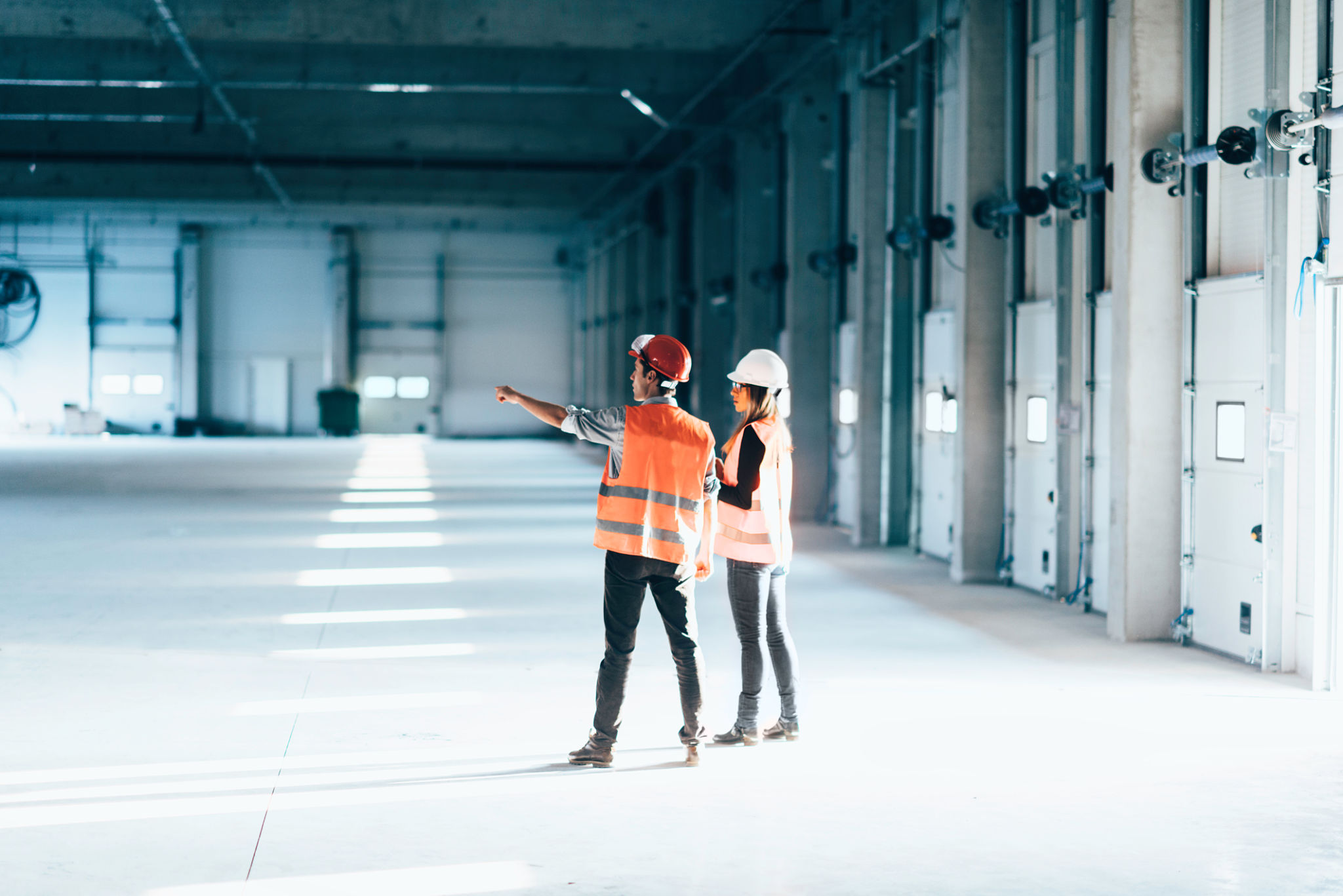Ensuring Coastal Building Safety: Key Strategies for Florida High-Rises
Understanding Coastal Challenges
Florida's beautiful coastline is a prime location for high-rise buildings, offering stunning views and a desirable lifestyle. However, constructing and maintaining these buildings comes with unique challenges, especially due to the state's exposure to hurricanes, saltwater corrosion, and shifting sands. Ensuring the safety of these structures is of paramount importance to protect residents and maintain property values.

Implementing Robust Design Standards
To combat the effects of coastal weather, it's essential to implement robust design standards specifically tailored for high-rise buildings in Florida. These standards should include reinforced structural systems capable of withstanding high winds and elevated foundations to protect against storm surges. Additionally, using corrosion-resistant materials can help mitigate the effects of saltwater exposure, enhancing the longevity of these buildings.
Routine Inspections and Maintenance
Regular inspections and maintenance are crucial in ensuring the safety and integrity of coastal high-rises. Building managers should schedule frequent assessments to identify potential issues early, such as cracks, water intrusion, or corrosion. Addressing these problems promptly can prevent more significant structural failures and extend the building's lifespan.

Utilizing Advanced Technology
Incorporating advanced technology into building design and maintenance can greatly enhance safety measures. For instance, smart sensors can be installed to monitor structural integrity in real-time, providing valuable data for early detection of potential issues. Furthermore, employing drone technology for aerial inspections can offer comprehensive views of hard-to-reach areas, ensuring thorough assessments without compromising safety.
Complying with Updated Building Codes
Florida's building codes are continually updated to reflect advancements in safety standards and technologies. It is crucial for architects, engineers, and builders to stay informed about these changes and ensure compliance in all construction projects. Adhering to these codes not only enhances safety but also ensures legal compliance and reduces liability risks.

Community Awareness and Preparedness
Beyond physical measures, fostering a culture of awareness and preparedness among residents is vital. Regular safety drills and providing educational resources on emergency procedures can empower residents to respond effectively in case of an emergency. Moreover, encouraging open communication between building management and residents can ensure that everyone is informed about safety protocols and any ongoing maintenance activities.
Collaboration with Experts
Engaging with experts in coastal engineering, architecture, and construction can provide invaluable insights into best practices for building safety. These professionals can offer guidance on innovative solutions tailored to Florida's unique environmental challenges, ensuring that high-rises are not only safe but also sustainable in the long term.
By implementing these key strategies, Florida's coastal high-rises can continue to offer safe and attractive living spaces while withstanding the challenges posed by their environment. Prioritizing safety through meticulous planning, regular maintenance, and community involvement is essential for safeguarding both residents and investments in these iconic structures.
